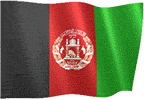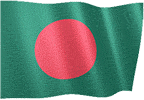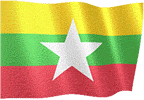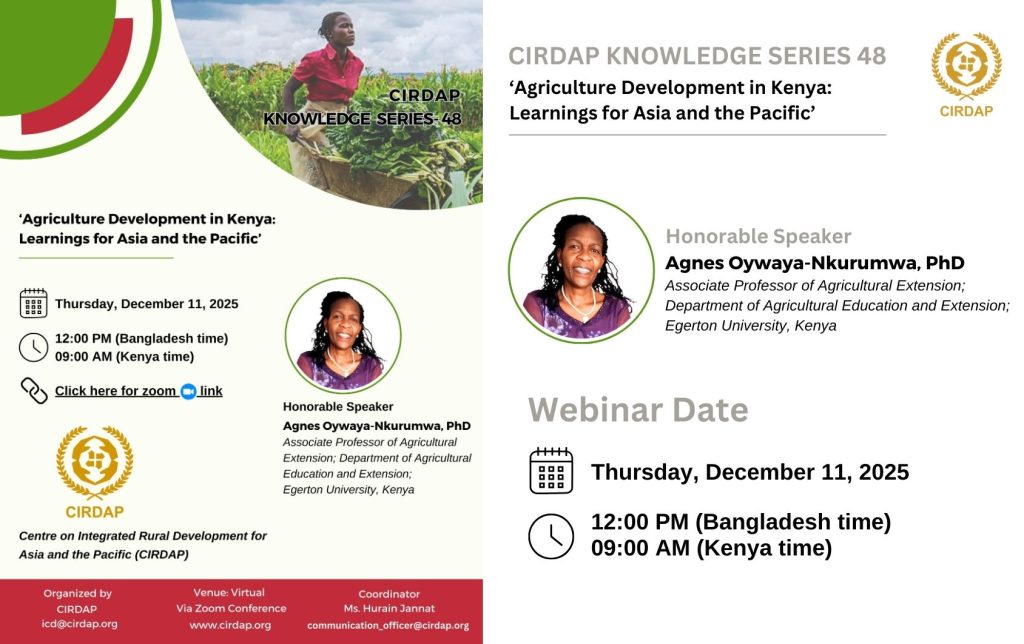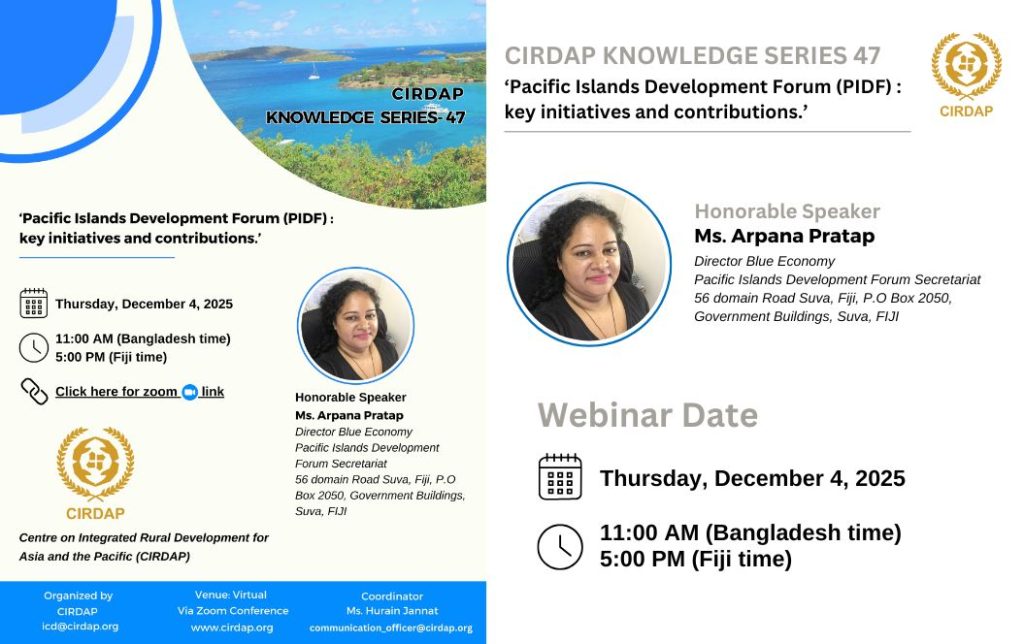
On September 8, 2020, the Webinar on “Assessing the COVID-19 Impact of Reverse Migration on Rural Communities in CIRDAP Member Countries” has been conducted in CIRDAP HQ. This webinar was moderated by Director Research of CIRDAP Professor Dr. Mohammed Helal Uddin. At 10 am the webinar started and it ended around 1 pm with a very fruitful and vibrant discussions from the participants from CIRDAP member countries. In his opening address, Prof. Helal stated that because of COVID-19 this reverse migration issue is creating a huge impact on the rural communities though country to country it may vary in terms of their stability and others factors.
The keynote address on reverse migration impact was presented by programme officer, CIRDAP A.G.C.Babu. In his presentation, the recent issues causing the reverse migration was stated. A large number of international reverse migration (from overseas to own country) and internal reverse migration (from urban to rural) are currently happening around the world. And the main reasons behind it are COVID 19 pandemic situation, non-availability of jobs in destination countries, loosing oil revenues in many middle-eastern countries, shortened job opportunities in urban and shortage of wages etc.
Mr. Abdulla Al Hussain of Bangladesh Academy for Rural Development (BARD) from Bangladesh; Prof. Rajendra Prasad Mamgain of NIRD&PR from India; Ms. Nazlinda Zamani of Ministry of Rural Development from Malaysia; Ms. Beh Afable from Philippine, Ms. R.M.M.H.K. Rambodagedara of HARTI from Sri Lanka; Dr. Vanida Khumnirdpetch from Thailand and Dr. Tran Cong Thang from Vietnam presented in the context of their respective countries on reverse migration. This was followed by a general discussion from academicians from different universities in Bangladesh.
Later, Mr. Abdulla Al Hussain of BARD showed in his presentation that over 95 thousand of Bangladeshi workers returned home from 26 countries between April to August 30, 2020 mostly because there was no work due to the current COVID 19 pandemic situations. And some them were deported because of work permit expired.
According to Prof. Rajendra Prasad Mamgain of India both internal and external reverse migration is very important for them. Nearly 40 million internal migrants in India has created a huge challenge for the rural areas due to overburden on rural labour market and the economic stability has become a question. Loss of produce during the initial stage of lock down, loss of sudden demand for rural produce are some of the concern.
Ms. Nazlinda Zamani from Malaysia presented the policy of mitigating the impact of reverse migration on rural communities in Malaysia by the government of Malaysia. In Malaysia, the reverse has been happening way before the COVID 19 situation and the government has taken some actions to cushion the impact of COVID 19 in rural communities through stimulating the rural economy. Malaysia is facing problems due to migrants workers going back to their destinations.
Dr. Vanida from Thailand said,” We don’t have the official numbers of the migrants because we don’t consider that the migrants are different from our citizens. Mostly we look at the labour force and the labour market. Our citizens that go out of the country and come back because of COVID 19, in this context, there are some statistics which stated that the labor force of the agricultural sector decreased at the second quarter of the year. And also in the service and industry sector, the number of labor are reduced.”
DG CIRDAP Dr. Cherdsak Virapat also provide his views and comments in this issue. He said that to mitigate the impact of reserve migration, not only the member countries’ government but also multi-agencies collaborations and efforts are highly needed.
Professor Dr. Hasneen Jahan, Professor Dr. Mohammad Mizanul Haque Kazal, Prof. Dr. Md. Saidur Rahman of Bangladesh Agricultural University and Prof. Romaza Khanum of Shylet Agricultural University also gave their opinion.


